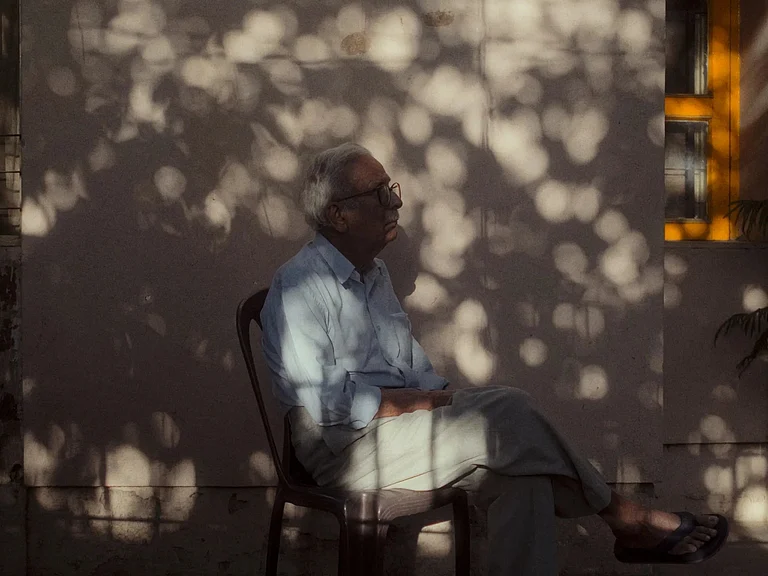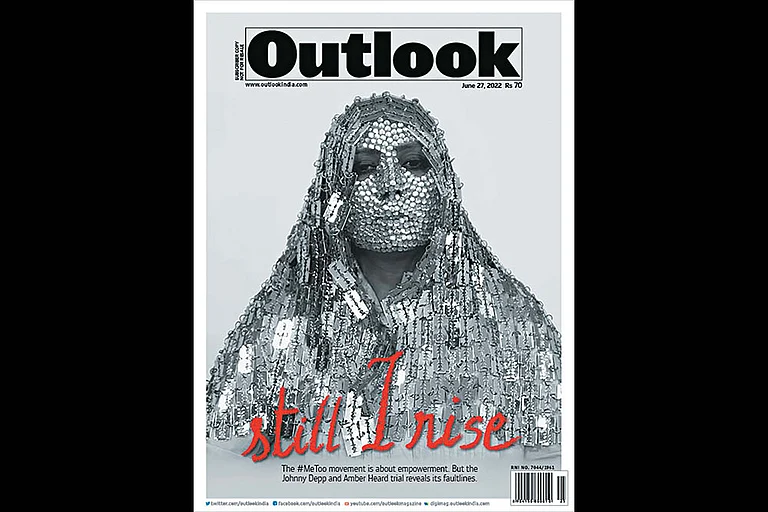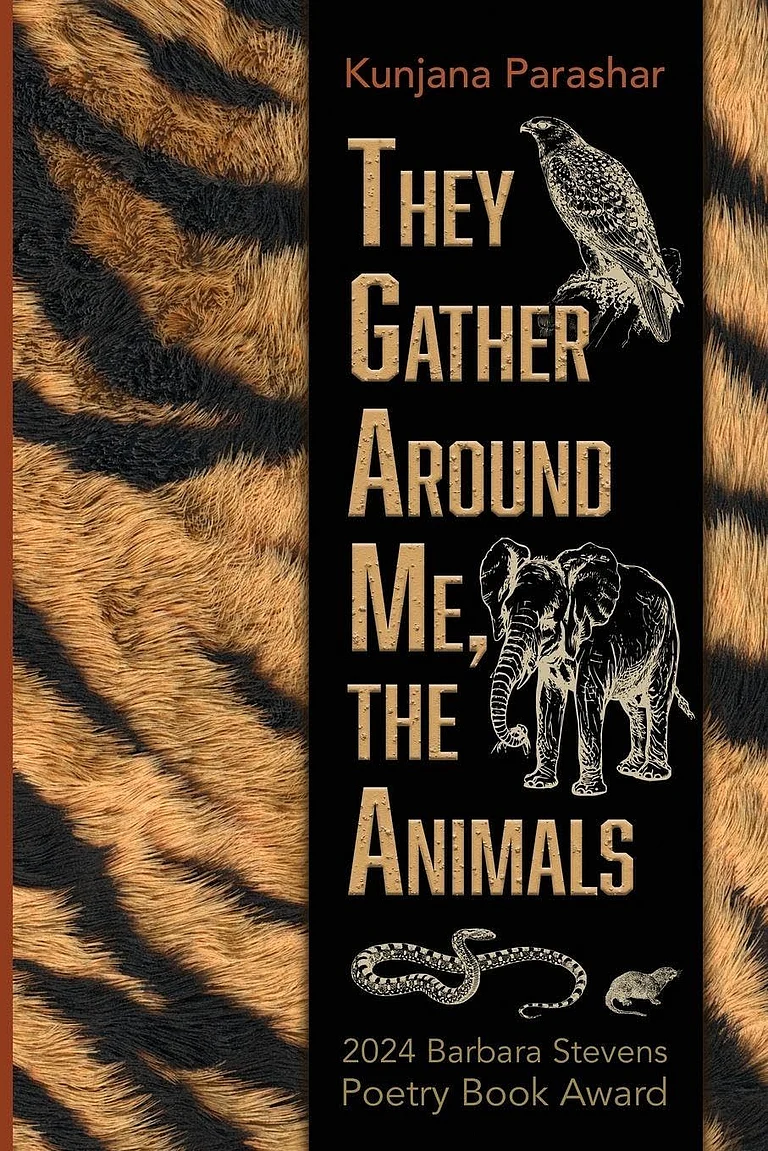‘Sita (A Poem)’ is my maiden incursion into the long narrative genre; my subject takes off from our epic traditions and takes the discourse much further. The poet-folklorist-thinker-ecofeminist in me feels that this magnum opus has always been shaping itself in my subliminal mind, the writing act of what has been a whole new take on the Indian epic, and it has come about when I was convinced that my thoughts have voluntarily found utterance. ‘Sita’ is, in no way, a retelling of The Ramayana. It is penned rather as a poetic memoir of the female protagonist of the epic, Sita, told in the first-person narrative. The epic poem has 25 cantos.
‘Sita (A Poem)’ is a text of social mobility and critical inquiry, where questioning as well as introspection play a central role. Forgetting and forgiving, the two eternal qualities of any human being, of Sita in this context, have they not been rather arbitrarily interpreted to the extent of being even misinterpreted by the critics? Were those two qualities not being exploited by her near and dear? Are we not forgetting the real Sita? Is not the time to rethink Sita and ‘Sitaness’?
‘Sita (A Poem)’ is a text of critical inquiry into morality and dharma. It addresses multiple questions, like, how do characters in the Ramayana navigate dilemmas of dharma (duty/righteousness)? How do characters like Rama, Sita, and Ravana embody different facets of human nature and morality? What lessons can be drawn from the choices and actions of characters like Hanuman, Lakshmana, and Bharata? To what extent do the events in the Ramayana suggest a predetermined fate versus the exercise of free will? How do the characters grapple with their destinies, and how does this relate to the broader philosophical concepts of karma and destiny? How are gender roles depicted in the Ramayana, especially in the characterisation of Sita? What feminist perspectives can be applied to the portrayal of female characters in the epic? What insights does the Ramayana offer into ancient Indian society, politics, and good governance? How has the character of Sita inculcated the ideas of Satyagraha, non-violent protest, into the minds of the patriots including Mahatma Gandhi? How do the power dynamics within the story reflect broader societal structures? How has the Ramayana influenced the cultural and religious landscape of India and beyond? In what ways has the epic been interpreted and adapted over time in both mainstream and folk literature, and what cultural messages are conveyed through these adaptations? What symbolic elements are present in the Ramayana, and how do they contribute to the overall meaning of the epic? Can the characters and events in the Ramayana be interpreted as allegories for broader philosophical or moral concepts? What ethical dilemmas do the characters face in the Ramayana, and how do their choices resonate with broader ethical principles? How does the epic address the complexities of moral decision-making in challenging situations? How do the interactions between gods and humans in the Ramayana shape the narrative and convey spiritual or metaphysical teachings? What role do divine interventions play in the unfolding of events, and what does this reveal about the relationship between mortals and the divine? I have attempted to address these questions with a deeper analysis of the Ramayana, encouraging exploration of its philosophical, moral and cultural dimensions.
When I wrote this epic poem, I did thorough research on myth, mythopoeia, and mythopoetic. I travelled across the Ramayana map of the world, interviewed Ramayana scholars, read almost 300 versions of the text, most of which were folk Ramayanas, oral tales documented by folklorists. Apart from listening to my grandmother’s oral tales, I read a whole lot of Ramayanas even during my formative years. Some of those versions were: Kavitavali by Tulsidas, RK Narayana’s Ramayana, which was a rendering of Kamban’s Ramavataram into prose in English, The Ramayana of Tulasidasa translated by FS Growse, the seven kandas of The Ramayana by Valmiki, Balarama Dasa’s Jagamohan Ramayan in Odia, Adikavi Sarala Dasa’s Vilanka Ramayana in Odia; and then I watched the Rama-Lila performances in Odisha (and now in Delhi in the Ramlila ground) with keen interest. I read Gangadhar Meher’s Tapaswini and Upendra Bhanja’s Vaidehishavilas, both in Odia, and was quite inspired by their poetic rendering of Sita’s character.
Soaring into fire, taking birth from the earth, going back to Mother Earth rather than having a natural, human death — these nature-linked attributes make the Western critics compare Sita with the heroines from other classical tales like Eurydice, Persephone, and Ceres. To me, Sita is beyond any comparison, she is the quintessential spirit of every woman — ageless, timeless, and omnipotent.
‘Sita (A Poem)’ sings objectively about Sita’s acceptance of life with all positivity, with a never-give-up attitude. Even though she was the icon of rebellion, she had great patience. Her birth from the womb of Mother Earth stood for nature, vivacity and truth. Sita is the epitome of a virtuous woman in Indian cultural imagination. Gandhi, during the Non-Cooperation Movement, projected Sita as the ideal character before the Indians — that their anti-colonialism and respect for cultural values may be emulated from Sita, who was rebellious enough not to accept injustice, patient enough to protest silently, uncompromising when it came to proving her virtue and independent when she was dejected by all. That way, Sita was truly modern, even though her patience and silent suffering is sometimes criticised — that by being so forgiving, she has kind of justified or encouraged the subjugation of women! I do not agree with this version of Sita’s character. To my mind, Sita had the courage to break all conventions.
Oppression, austerity, and obedient allegiance to the husband are some of the epitomes associated with the standard observations of the character of Sita. But the Sita who embodied feminine power, who could lift Shiva’s colossal bow, who audaciously decided on convoying with Rama into exile, who dared to encounter Ravana boldly, and who disproved to undertake a subsequent trial, a second fire-test, is time and again disremembered. To me, Sita is the strongest woman in any mythology in the world. I would rather say, Sita lives in our collective consciousness as a powerful inspiration for the spirit of all progressive, independent women, with or without their knowledge of it.
Sita was a woman close to nature —she was the original ‘ecofeminist’— if I may! Deserted twice, abducted once, she never spent her life brooding over a decipherable destiny, rather she took charge of the flora and fauna, and then her children Lava-Kusha all by herself. She was like Mother Earth. She was the embodiment of patience, endurance, optimism, love and motherhood. At one point, Sita realised her weaknesses as well, like any mortal woman. She tampered with the laws of Nature by believing in a golden deer, whereas rationally she should have thought that Nature cannot produce a golden deer!
Sita is undoubtedly the most significant figure among Indian mythical women, and surprisingly, there is as yet no solo account of her story, she has been conveniently silenced, thus this poem ‘Sita (A Poem)’.
The time is ripe to re-think Sita and re-read Indian mythology. The epic poem carries my convictions as a person and is the result of an organic synthesis of my roving mind, bits and pieces of which can be glimpsed at www.kavinandini.blogspot.in and www.nandinisahu.in
(Dr Nandini Sahu is a Professor of English at Indira Gandhi National Open University [IGNOU], New Delhi, India. Her areas of research interest cover Indian literature, new literatures, indigenous knowledge systems, American literature, children’s literature, and critical theory. She is the Chief Editor and Founder Editor of the Interdisciplinary Journal of Literature and Language (IJLL), a bi-annual peer-reviewed journal in English. Views expressed are personal.)


















.jpg?w=200&auto=format%2Ccompress&fit=max)



